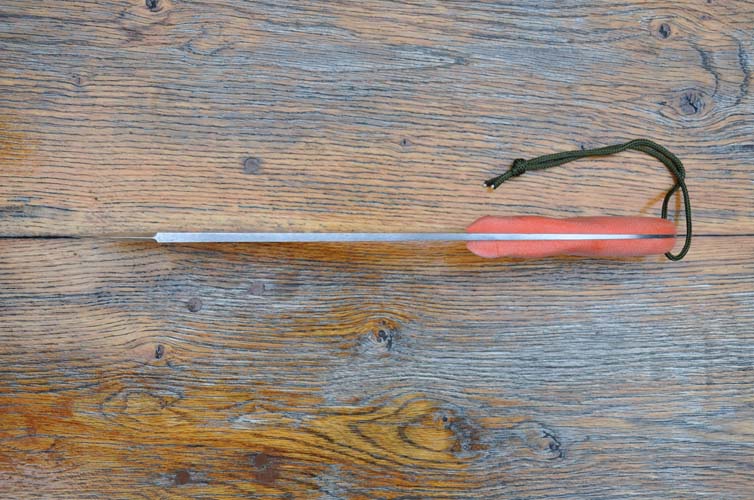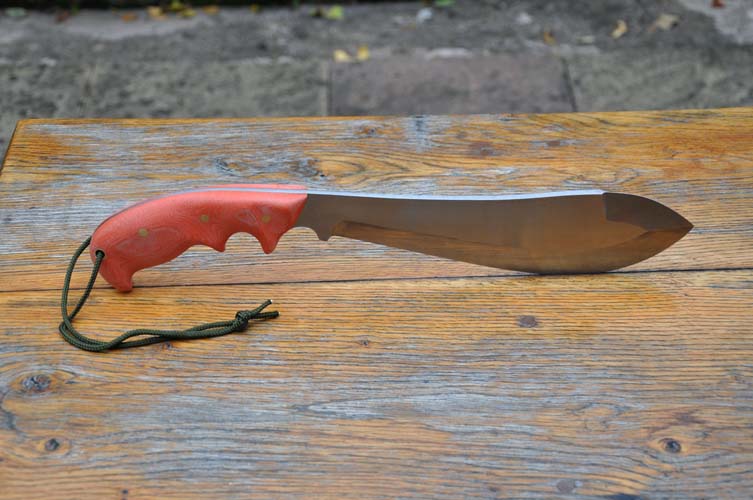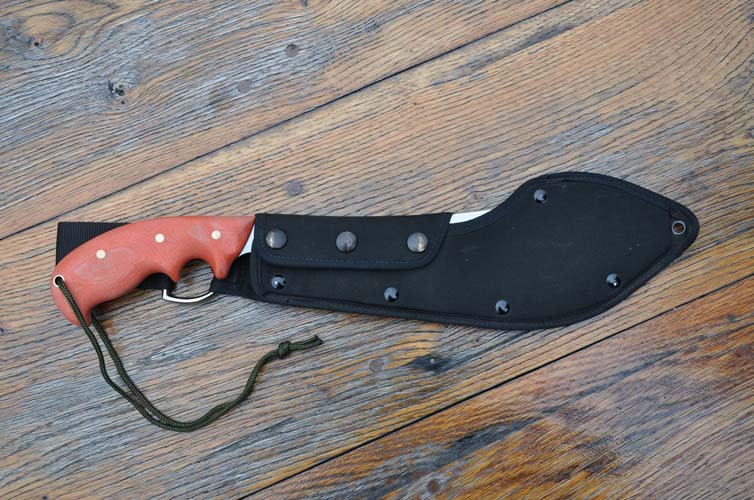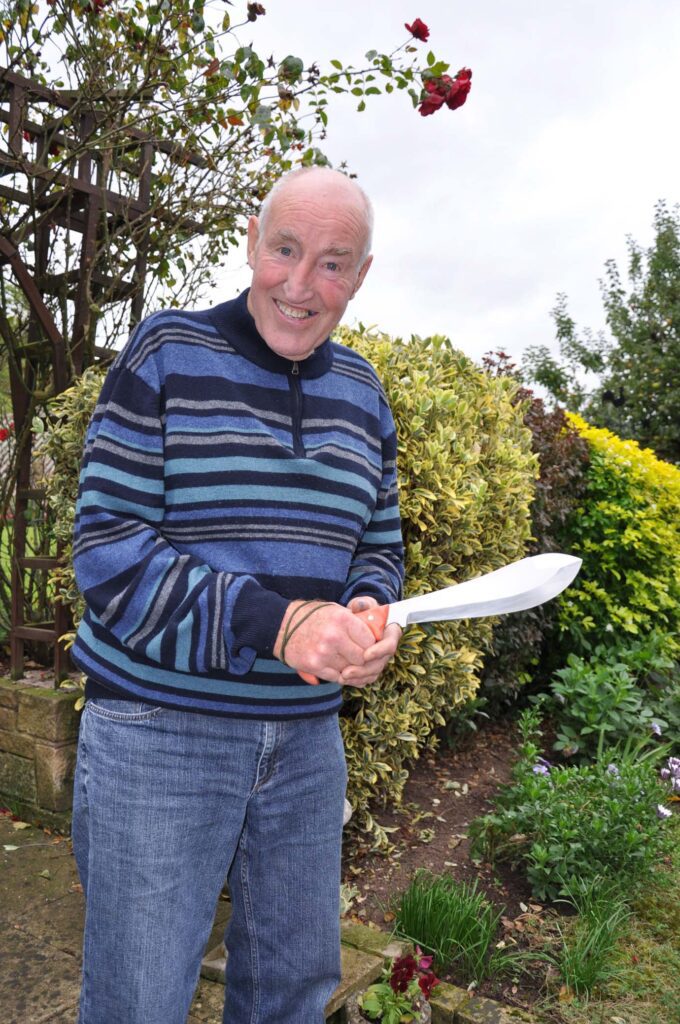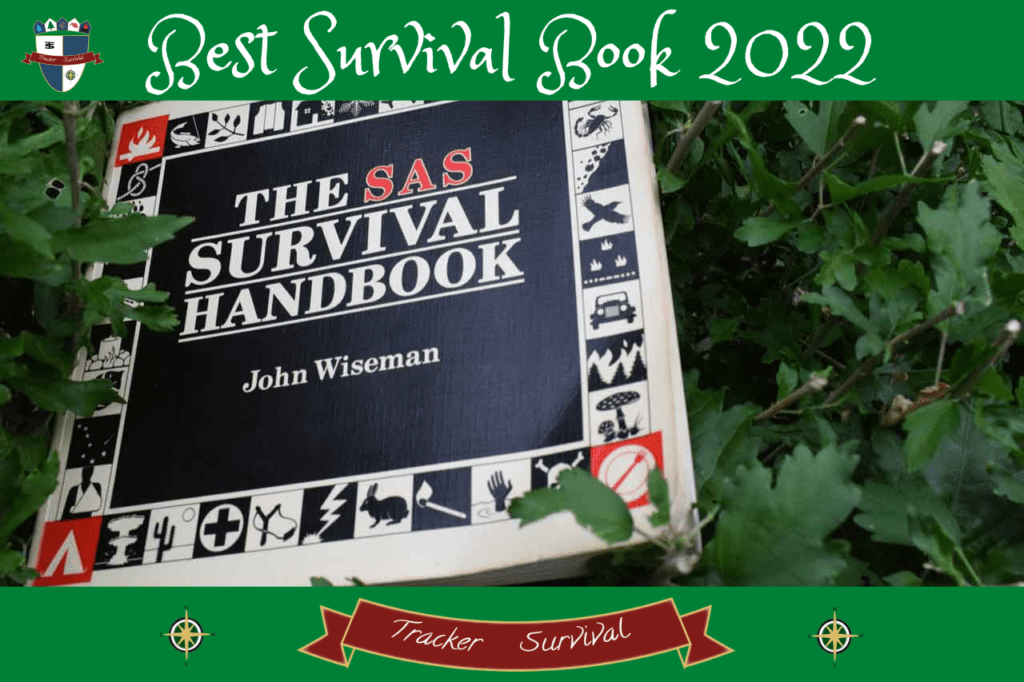What’s the Best Tool for Survival?
What’s the Best Tool for Survival?
Sitting in Lofty Wiseman’s kitchen not so long ago, I started to think about the development of tools to aid survival, or just what is useful to have around in the wilderness to make life more comfortable or easier. In front of me at the time was an array of cutting tools and survival knives which gave a potted history in
themselves, at least to those who recognized their timeline and knew their history.
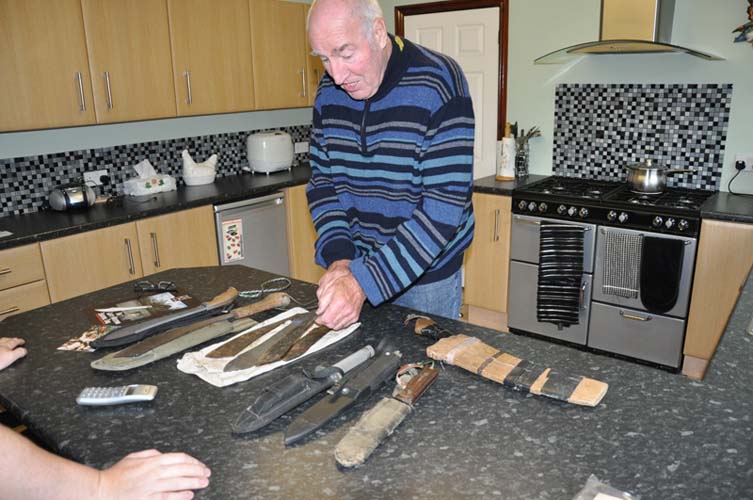
“What’s the best survival knife?”
On survival courses a common question is “What’s the best tool for survival?”, or even more frequently, “What’s the best survival knife?” The answer to the latter is easy; whatever knife you have with you or can fashion from what’s around you (steel, aluminium, even glass or plastic from wreckage, or from bone, wood, stone, flint, etc). They are all better than using your teeth and fingernails. But is it actually true that a knife is also the best survival tool? I believe it is, but why?
Of course, a knife might not be the best thing to have with you in a survival situation, regardless of what is said commonly by TV survival show presenters. One night, some time ago, I was flying a search over the North Sea for a fisherman who had gone overboard from a boat. We didn’t find him. Believe me, there are few harder decisions to make in this life than calling off a search. Would one more minute have made the difference?
But the unfortunate victim had been missing for over six hours at that point, with no lifejacket, wearing overalls and wellington boots when last seen on deck. A knife would have been useless weight, frankly. An immersion suit (dry suit) and a lifejacket equipped with an emergency location beacon and strobe light would have been much better things to have had. The best thing to have with you in a survival situation is, quite simply, the thing which overcomes, or allows you to overcome, the particular threat to your life at the time. Even Lofty’s kitchen, and not a kitchen knife in sight!
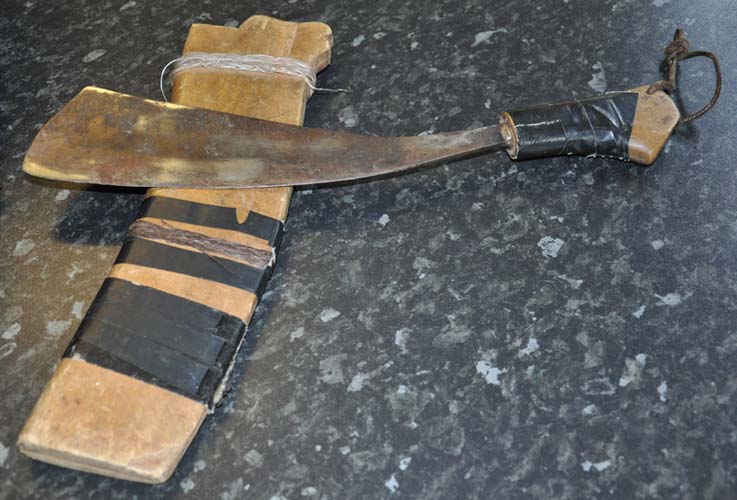
’60’s. A hammered out car spring, carved wooden sheath, rattan-wrapped, and some
fishing line too (always useful). The tape came later. These sheaths tended to be cut
through by the knife after a while!
Knowledge could save your life
Knowledge could save your life; knowing that bleeding can be controlled by elevating a wound and applying direct or indirect pressure, for example. The immediate threat decides the best thing to have; a lifejacket, first aid knowledge, a satellite phone with built in GPS, knowing how to make water safe or how to source food from the wilds, a box of matches, even a positive mental attitude! So if all that is true, why do I still think a knife is the best survival tool? Because as an all-round useful thing to have in the outdoors, a knife takes some beating. Here are just some of the things I can do with a knife.
- cut and split wood, large and small
- dig holes (anything from a fire-pit, a post hole for a shelter, to a dew trap, a solar still, a toilet/latrine, a snow hole, a desert trench, or for roots, tubers, water)
- make traps
- skin and gut animals and fish
- cut shelter materials (grasses, palms, ferns, snow blocks, turf, bamboo, etc)
- provide fire-lighting materials (make a friction fire set, or just feather down wood so it will dry and easily be lit from a match or even take a spark)
- provide cordage (cut up wiring, carpeting, rope or string, tree bark, roots, vines and creepers, or cut and crush plant stalks – nettles for example – with the flat of the blade or back of the knife
- make pegs and poles for tarps and tents, or poles for shelters and hammer them into the ground
- prepare food (cut, slice, peel, chop, crush, stir, etc, etc)
Not only can I do these things (and more) but I do so routinely.
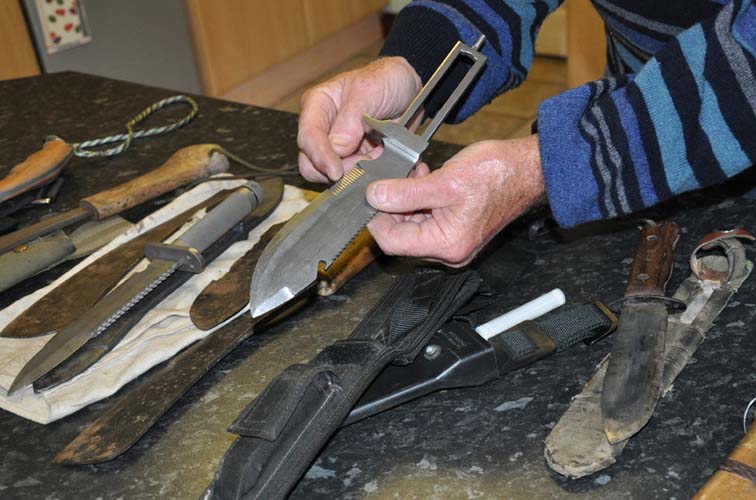
Survival Knife (the Wilkie). As a knife it made a good hammer and shovel! Left, one of
the Rambo-esque, aircraft grade aluminium handled crop made in the eighties.
Centre, a Mk 2 Wilkinson Survival Knife, complete with bottle-opener, designed by
Ray Mears before he’d learned a bit more!
Larger Survival Knives
My knife, it seems, doubles as a hammer, or an axe, or a shovel. That’s a lot to ask from one knife, which is why I tend towards larger knives. For some time now, that’s been an original Lofty Wiseman Survival Tool. Admittedly, a little
awkward and heavy on the wrist for close-in fine work (such as game and
food preparation, feathersticks, small pegs and trap parts) because the tool is
deliberately and pronouncedly point heavy, that same characteristic makes it ideal for heavy work such as chopping and splitting wood, digging, or hammering in poles and pegs. Until recently, the compromise for lighter work was one I have been content to make, given the all-round versatility of the tool.
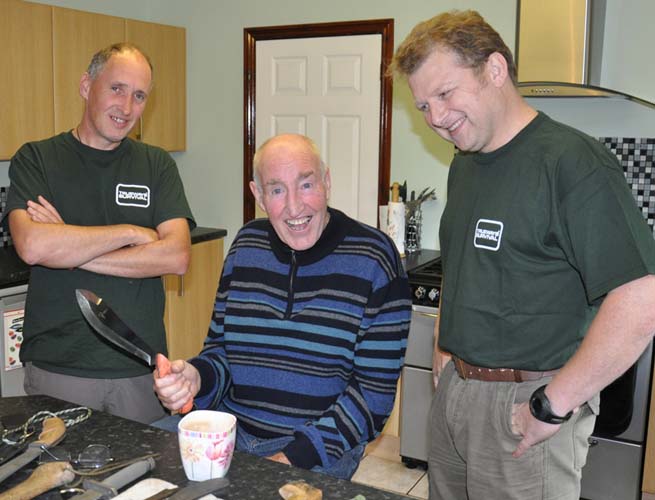
Having said that, we’ve always hoped to be able to solve that compromise problem, and recently the opportunity came. A break in the supply of the Lofty Tool (because the manufacturers closed their business) meant a search for a new manufacturer. That gave the chance to add some improvements to the design and incorporate lessons learned in the field. Sadly a combination of costs, the associated available manufacturing processes, and the insistence of the original designer on essentially maintaining the old design meant that the tool we all wanted could not be produced via this route. Nevertheless, we are happy to see this original and historic tool available once more. But we still wanted to produce a more efficient and modern design. The answer was easy: produce our own, based on Lofty’s experience and mine, with the help of a new designer and manufacturer. The result is the Trueways Survival Tool.
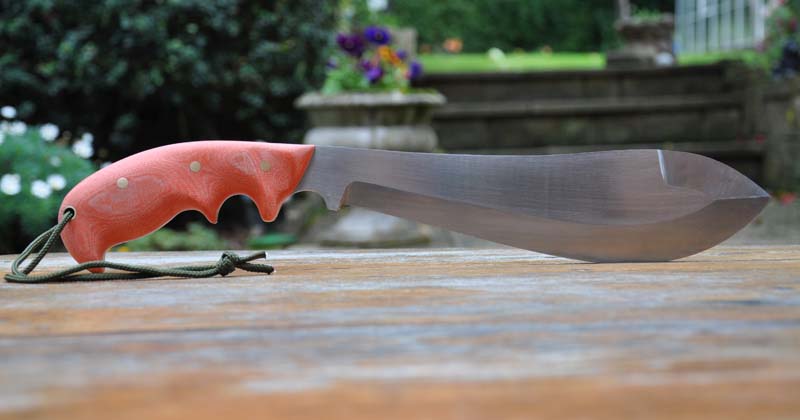
Finally the lessons learned through years of experience have been incorporated in a modern design, using modern methods of manufacture and ultra-durable hygienic and heat and chemical resistant materials for the handle. This tool has it all. A rear grip position and weight thrown forward give it all, if not more, of the heavy work capabilities of the original Lofty Tool, whilst the ‘choke’ or forward grip position shifts the weight back for comfortable extended use for fine work. Meatier and higher quality than the old design, the Trueways Survival Tool packs punch for heavy work even more than the old Lofty Tool, yet it’s able to perform light work effortlessly in comparison. This is the tool we’ve all wanted: the ultimate survival knife, and for me, the most useful survival tool of all.
